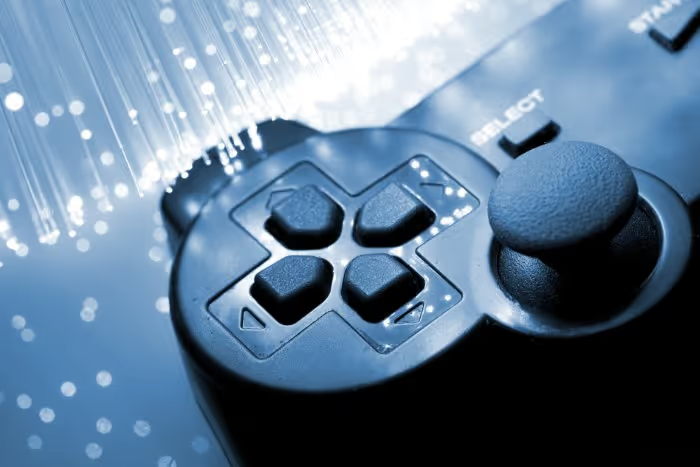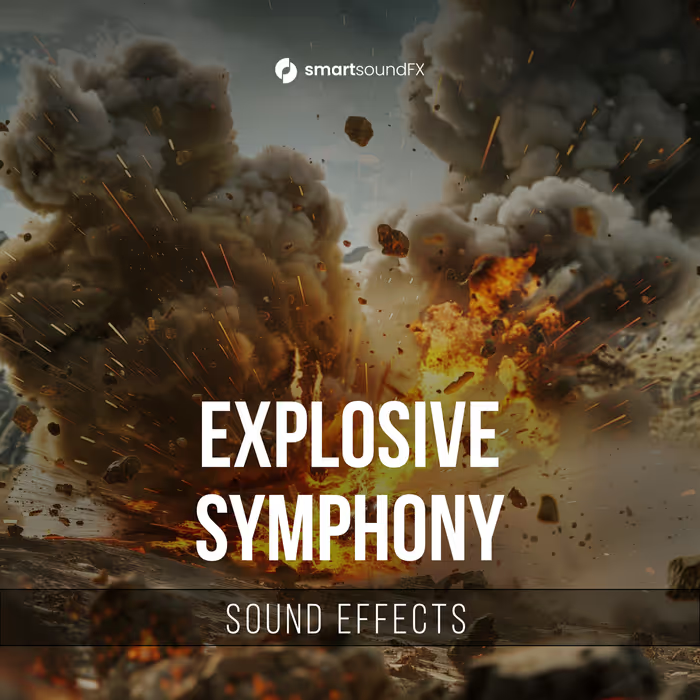#1. Mechanical Music
It seems obvious to us now, but the very first arcade games didn’t have any music. And the reason that music was added is probably not the reason you’d expect! In the late 1890s, when games were found on the Midways, the penny arcades, hotel lobbies and dime stores, games would exist alongside the early film and coin-operated music boxes. At the time, many games had a gambling component where the player could win a token that could be redeemed. The problem was, most of the States had anti-gambling laws, which meant the games were illegal (in fact, believe it or not, due to its association with gambling, pinball remained officially illegal in many States up until the 1970s!).
In the late 1890s, when games were found on the Midways, the penny arcades, hotel lobbies and dime stores, games would exist alongside the early film and coin-operated music boxes. At the time, many games had a gambling component where the player could win a token that could be redeemed. The problem was, most of the States had anti-gambling laws, which meant the games were illegal (in fact, believe it or not, due to its association with gambling, pinball remained officially illegal in many States up until the 1970s!).
The way that the game companies got around the law was to add a simple music box and declare the games coin-operated “music machines”, where the player would always hear a song, even if they lost the game. That way, they were paying to hear the music, not to gamble on the game! If the police showed up, the arcades would quickly put up a sign on the game that read,
“This is not a gaming device. Any person desiring to gamble must not put any money in this machine. As a consideration for the use of this music machine and the music furnished, it is expressly agreed that all for the nickels which come out of the cup below must and shall be played back into the machine, thereby giving more music.”
#2. The Solenoid
What the heck is a solenoid? It’s actually quite simple, and you can even make one pretty quickly yourself! A coil of metal wire (such as copper) has an electrical current applied to it, which makes the coil become magnetized. That pulls anything magnetic towards it—like a metal rod. Release the electrical current, and the rod releases. The strength of the moving rod was used to bang on a bell, piece of wood, or a metal “strike” plate to make a loud sound. It’s the same concept that drives your doorbell. A solenoid drives the sound of the “the knocker” on a pinball machine, but was also the main way to make other sound effects until the rise of electronic games.
The first game to use a solenoid-driven sound effect outside of just ringing a bell was a primitive version of a shooter-meets-pinball, Rock-Ola’s Big Game of 1935. It used a solenoid to drive a hammer to strike a plate to sound like a gunshot.
It might seem obvious to us now, but at the time the game company even took out a patent on the idea. One of the advertisements for the game claimed, “Big Game’s sound effects idea is doing for pin games what the talkies did for moving pictures–making them more popular and more profitable”.
Video game sound might never have happened if the early pioneers didn’t show players how valuable sound was
Ask any pinball enthusiast—pinball would have never been the same without it, and video game sound might never have happened if the early pioneers didn’t show players how valuable sound was!
#3. Sound synthesis
Sounds can be synthesized (created from “nothing”) by using electrical signals to imitate sound waves. This can be done with analog signals, by fluctuating the voltage of the signal, or this can be done digitally using a computer. Early video games (in the arcades) used analog synthesis sound, but digital sound was used in nearly all of the home consoles we’re familiar with. Without the ability to synthesize sound, our video games would have be pretty quiet up until the advent of the CD-ROM!
Here’s a great article that explains synthesis, and you can make your own sounds and see how it works here.
#4. Dedicated Sound Chips and Sound Cards
 Most computers—and game consoles—were made up of several computer chips (integrated circuits). Chips dedicated to sound came about fairly early on in the microprocessor computer era, and were heard in, for instance, the Atari 2600 and Commodore 64.
Most computers—and game consoles—were made up of several computer chips (integrated circuits). Chips dedicated to sound came about fairly early on in the microprocessor computer era, and were heard in, for instance, the Atari 2600 and Commodore 64.
Sound Cards for personal computers in the 1980s and 1990s were made of sound chips, but the fact that many people had different brands of cards, with slightly different sound variations, meant that game music and sound didn’t always sound the same on everyone’s devices.
Today, “chiptunes” composers use early sound chips to make interesting music, although sound chips are not often used anymore in most game devices.
#5. MIDI
MIDI, or Musical Instrument Digital Interface, was a standard developed in 1983 to help combat the fact that everyone’s sound cards were different (see #4, above!). Initially MIDI enabled a standard way for music keyboards to be integrated into DAWs (see #6), meaning everyone was using the same type of interface cable, instead of the issue we have today with some people using Mac-only hardware like Lightning bolt cables, and some people using Firewire. I have loads of hardware that I have to keep buying adaptors for every time I upgrade my computer. Standards help take away that problem, so MIDI was ahead of its time.
Later, when the General MIDI spec was introduced in 1991, it let composers and sound designers know exactly where you had which sound effect or which musical instrument sound available on your sound card.
Before MIDI, it was anyone’s guess what sound might come out of your card
General MIDI meant that if I played a game on my IBM, and you played one on your Tandy, we’d hear pretty much the same thing. There was still variation in the sound, since maybe I had a better sound card than you, but at least you’d hear the trumpet sound when the trumpet sound was supposed to play, instead of a bassoon! Before General MIDI, it was anyone’s guess what sound might come out of your card!
#6 The DAW, and Sequencers
Not all great inventions in game audio happened in hardware: The Digital Audio Workstation, or DAW, is a way of visualizing sound files to record, edit and produce sound and music. A DAW would include your hardware (including sound cards and music keyboards, see #4 and #5 above), but would add to that some important software (such as a sequencer), and usually some form of a MIDI controller (see above). By the mid 1980s, there was all kinds of software available to help musicians compose and record music.
Sequencers, for instance, will let you store information about music played in a sequence (the notes playing with and before/after each other). The DAW took the composition process to a whole new level, and spurred on a huge change in the sound of music more generally, as looping suddenly became a whole lot easier.
#7 Interactive Music
Although interactive music has been around for centuries, its use in games today has become a hallmark of a well-designed game.
The first interactive music in games was used in Space Invaders (1977): a simple descending four notes that sounded like a heartbeat that sped up as the levels progressed. Since then, interactive music has grown in leaps and bounds, and may adjust to the tiniest change in the game, like number of enemies in the area, or amount of ammo left. This makes it harder to play the game without the music turned on, making the music an integral part of the game.
#8 Surround Sound
We’d be remiss if we didn’t mention the role of surround sound in playing an awesome game. Surround sound was around in the arcades before the home, and you could sit in a seat that had speakers right behind your head. The first home PC soundcard to support surround sound was Diamond Monster Sound, in 1997. Since then, the sound has gotten a lot better, added more speakers (the latest consoles support 8 or 9 speakers in a 7.1 or 8.1 configuration).
You can even buy “virtual” surround sound headphones that will give you the surround sound experience without annoying your neighbours. Not all gamers use surround sound, but if they could hear games in surround, they’d probably change their minds and run out and get a surround system. Surround in film doesn’t usually add a whole lot—it’s usually just used for ambience. But in games, surround can tell you there’s a car about to take over (in a racing game), an enemy sneaking up (in a stealth or first person shooter), and lots more about what’s going on in the game that you’ll miss if you’re only in stereo (or—cringe—mono!). If you train your brain to listen, you’ll find that games today can even tell you about the size of a room by using software that emulates the patterns sound make as they reverberate around a space.
#9 Middleware
Sound middleware is the software that sits in “the middle” between the game’s composer/sound designer and the programming code. Middleware like Wwise and Fmod enable a composer to write interactive scores, and hear how their music will play back right in the game, lets sound designers easily add variation to their sound effects, and in general makes the process of getting sound into games a whole lot easier. It saves companies time, and while you might not care about that as a player, what that means is that they can afford to take the time to make great audio and get their games out faster to you!
#10 Real-Time DSPs and Procedural Generation
Alright, I’m cheating to put the two together here, but they kind of go together. DSPs (“digital signal processors”) are a fancy way of saying “effects”. When you walk into a cave in a game, and your footsteps change to match the boomy echo of the cave environment, that’s DSPs.

When your character goes underwater and the sound changes, that’s DSPs. “Real-Time” means the change in the sound can be processed by the computer at the time of the event, so sound designers don’t have to go and make a million versions of individual sounds, but can adjust them with DSPs!
Then the next big thing may be procedural generation of sound effects. Procedural generation of sound is still under-used in games, but it’s getting more advanced, and in the next five to ten years, you’re going to hear a lot more about it.
Have you played a game on the Kinect where you made a gesture, like a long sword swing, but your sound stopped half way through? That’s because a lot of games use sampled sound effects, and they can’t predict how long the sounds need to be, because your gestures are changeable. With procedural generation, sounds can be created (generated according to a set of procedures) on the fly, and respond to your action with the right length of sound. Does that sound futuristic? Don’t worry, it’s getting there.
Here’s a great tutorial on procedural generation. • An article on real-time DSPs • Another great article on sound tech






